
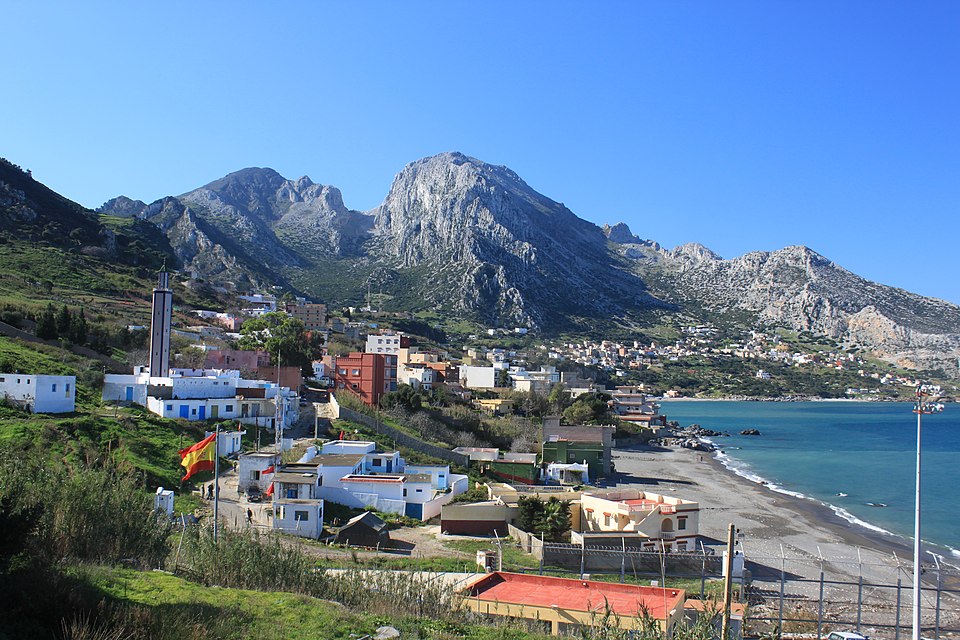
Bordered by the sea and cradled between continents, Ceuta is a city that perfectly embodies cultural fusion. Known for its unique position on the northern coast of Morocco, this Spanish enclave is often described as a bridge between Africa and Europe. If you’re looking to Discover Ceuta in Morocco: Between Africa and Europe, you’ll find a destination full of history, diverse traditions, and stunning Mediterranean views.
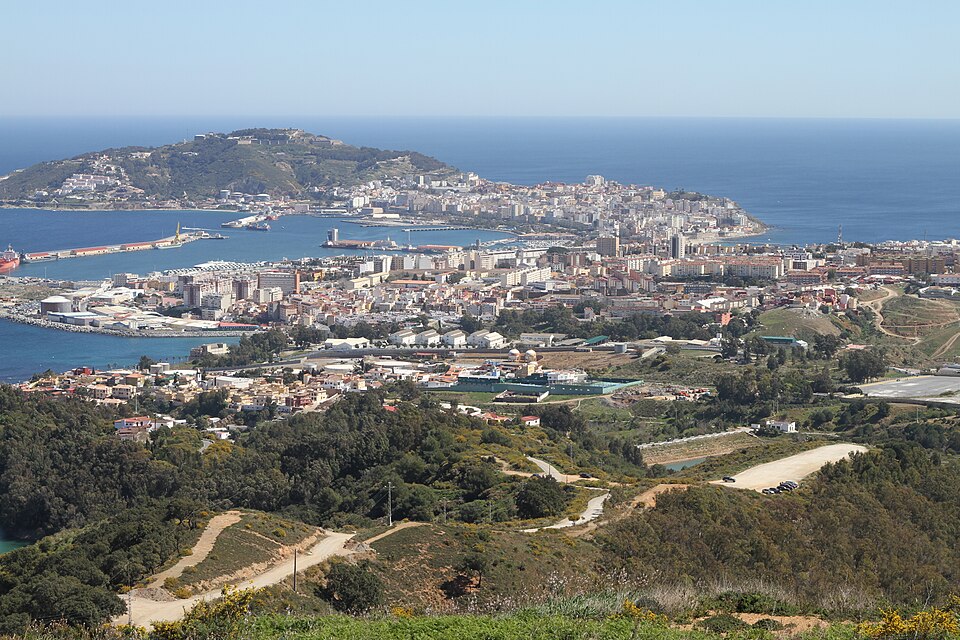
This blog will guide you through Ceuta’s fascinating story, highlight its top attractions, and offer insider tips so you can experience the very best of this gateway city.
Ceuta at a Glance: Overview of the Destination
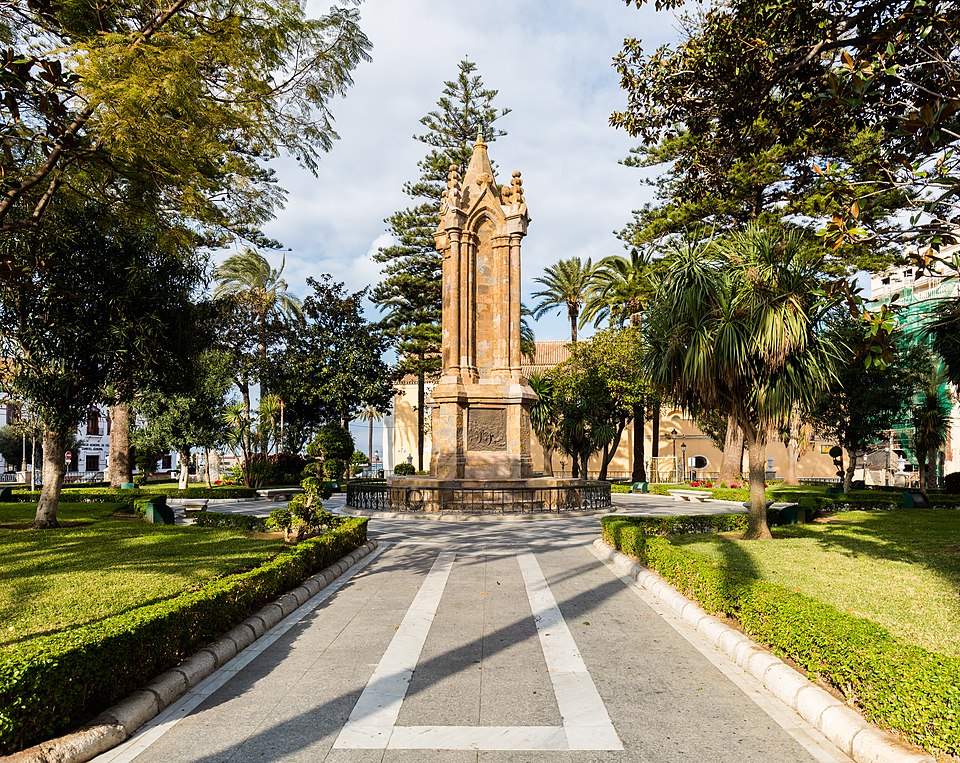
Ceuta is one of two Spanish autonomous cities located on the North African coast, the other being Melilla. Nestled along the Strait of Gibraltar, Ceuta faces Spain’s southern coast across the sea. Though geographically part of Morocco, it has been under Spanish administration for centuries, making it a fascinating melting pot of cultures.
Visitors to Ceuta will quickly notice how its European and Moroccan influences harmonize. Arabic and Spanish echo through the streets, Christian and Muslim traditions coexist, and local markets carry flavors from both shores of the Mediterranean.
Its location makes Ceuta not only strategically important but also an attractive travel destination that combines heritage, coastal charm, and the intrigue of being both African and European.
Must-See Attractions in Ceuta

1. Royal Walls of Ceuta
The Royal Walls, a 16th-century fortress, are among the city’s most iconic landmarks. Walking along these fortifications, visitors can enjoy sweeping views of the sea while immersing themselves in Ceuta’s military history.
2. Mediterranean Maritime Park
Designed by the famous artist César Manrique, this leisure complex features lagoons, gardens, and swimming areas. It’s the perfect spot to relax after a day of sightseeing.
3. Plaza de África
At the heart of Ceuta lies the Plaza de África, where colonial-era architecture meets bustling modern life. This central square houses important monuments and provides a great starting point for exploring the city.
4. Beaches of Ceuta
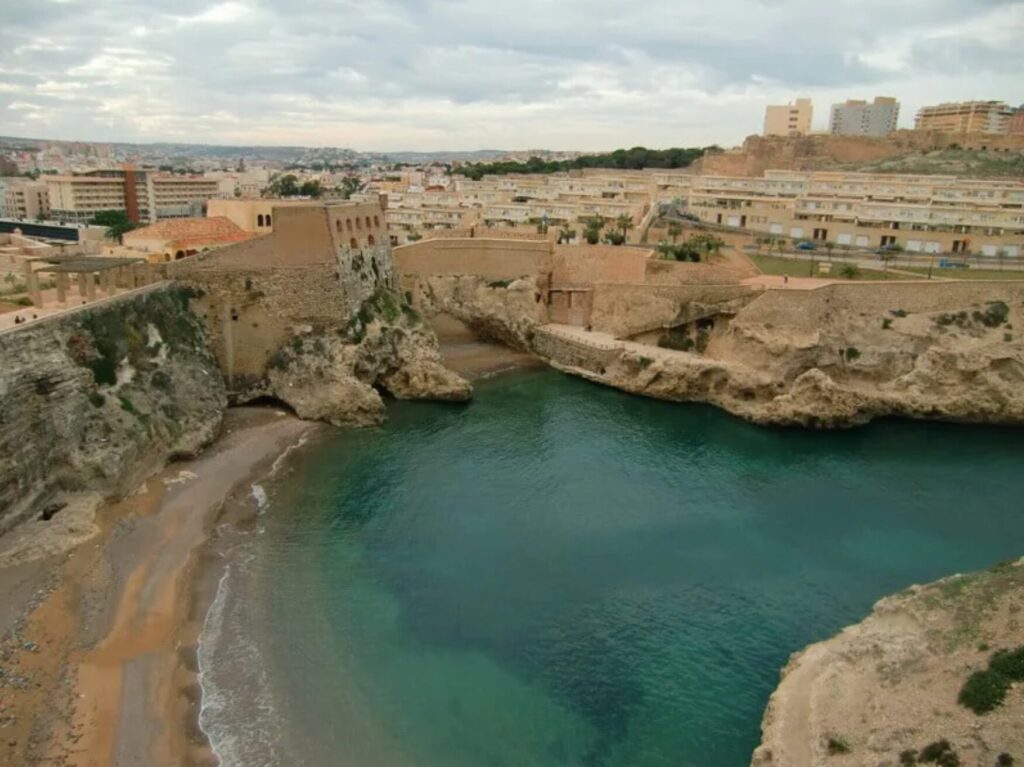
From Playa del Chorrillo to Playa de la Ribera, Ceuta’s Mediterranean beaches offer calm waters and golden sand, making them ideal for families, couples, or solo travelers seeking relaxation.
5. The Cathedral of St. Mary of the Assumption
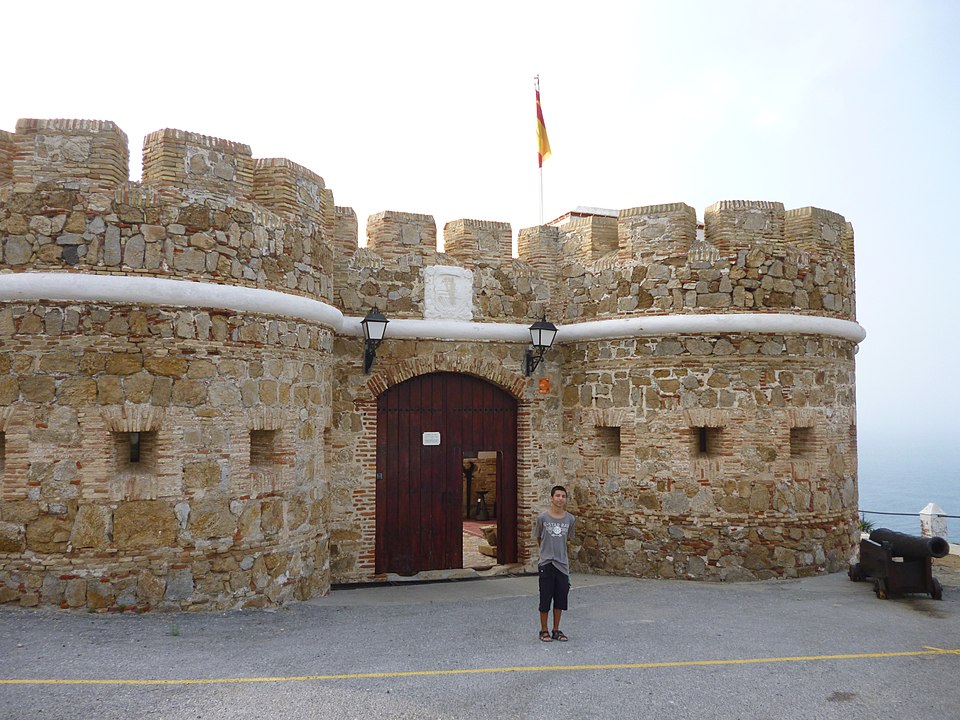
This cathedral showcases Ceuta’s religious heritage and architectural elegance, symbolizing the city’s Christian presence throughout the centuries.
Travel Tips and Cultural Insights
- Best Time to Visit: Spring and summer are the most popular seasons, with warm weather and vibrant cultural events. Autumn offers milder temperatures and fewer crowds.
- Currency: The Euro is the official currency in Ceuta, so make sure to carry some cash if coming from Morocco.
- Languages: Spanish is widely spoken, but Arabic is also common due to the city’s proximity to Morocco.
- Border Crossing: Travelers entering from Morocco should be prepared for customs checks. Bring your passport and check visa requirements depending on your nationality.
- Local Etiquette: Ceuta reflects both European and Moroccan traditions. Modesty is appreciated in certain cultural areas, but the overall vibe is more relaxed compared to many Moroccan cities.
Traveler Stories and Real-World Experiences
Many travelers describe Ceuta as a “two-in-one” experience. One visitor from Tangier recalled the thrill of boarding a ferry across the Strait of Gibraltar and arriving in a city that looked Spanish but felt unmistakably Moroccan. Another traveler recounted enjoying seafood tapas by the marina after wandering through the Royal Walls — a unique blend of North African hospitality and European dining.
Others emphasize the ease of exploring Ceuta on foot. With its compact size, travelers can discover historic landmarks, beaches, and vibrant neighborhoods in a single day, making it an ideal weekend escape or day trip.
Future Travel Recommendations and Seasonal Insights
Ceuta is quietly emerging as a cultural hotspot for adventurous travelers. While it remains less crowded than Spain’s southern coast, new investments in tourism and infrastructure are increasing its appeal.
- Summer Festivals: Expect lively music, parades, and cultural shows in July and August.
- Religious Celebrations: Holy Week and Muslim holidays highlight the unique coexistence of traditions in the city.
- Eco-Tourism: Future projects aim to protect Ceuta’s natural coastal environment, creating more sustainable travel experiences.
If you want to explore a city that tells the story of two continents in one place, Ceuta promises a bright future as a travel destination.
FAQ: Discover Ceuta in Morocco: Between Africa and Europe
Where is Ceuta located?
Ceuta is on the northern coast of Morocco, directly across from Spain at the Strait of Gibraltar.
Is Ceuta part of Morocco or Spain?
Geographically, Ceuta is in Morocco, but politically it is an autonomous Spanish city.
How can I reach Ceuta?
You can reach Ceuta by ferry from Algeciras, Spain, or by road from northern Moroccan towns such as Tetouan and Fnideq.
Do I need a visa to enter Ceuta?
Visa requirements depend on your nationality. Many European citizens don’t need one, but travelers from outside the EU should check entry rules before crossing.
What languages are spoken in Ceuta?
Spanish is the official language, though Arabic is widely spoken, and French is also understood by many residents.
Conclusion
To Discover Ceuta in Morocco: Between Africa and Europe is to step into a city where cultures blend seamlessly, histories intertwine, and the Mediterranean sparkles on both horizons. Whether you’re drawn to its historic walls, vibrant markets, or sandy beaches, Ceuta offers travelers a unique experience that bridges two worlds.
So, if you’re planning your next trip to Morocco or southern Spain, make sure Ceuta is on your itinerary. Let the charm of this enclave inspire you to see how two continents meet in one unforgettable destination.




